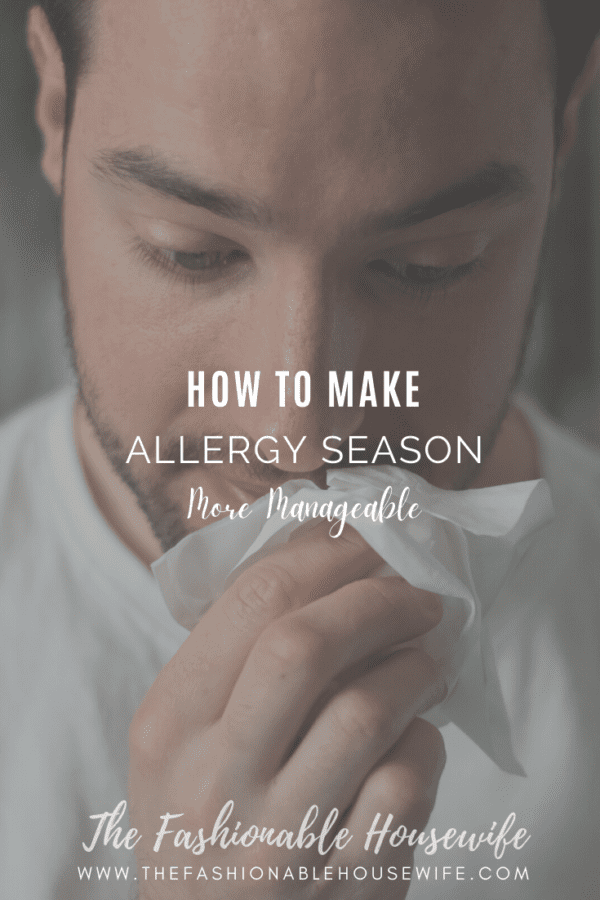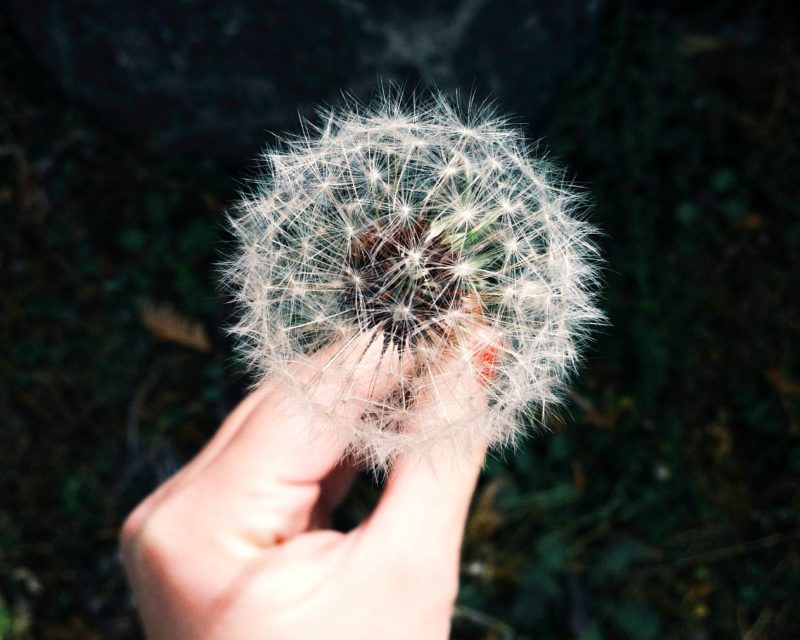
Spring should be the most glorious season of the year! After a long winter confined indoors, you’re anxious to be out enjoying the sunshine and beautiful weather.
However, a stuffy, runny nose, watery, itchy eyes, and difficulty breathing can turn your springtime dream into a nightmare.
Here are seven tips for getting ready for spring and how to make allergy season more manageable.
1. Up Your Cleaning Game
Spring means airing out your house — which can leave everything coated in a layer of dust on a windy day. However, folks in less breezy and humid environments have more to worry about than those in arid regions. Dust mites thrive best in 70% to 80% humidity, drawing moisture from the surrounding air to stay hydrated. These microscopic critters can invade your pillows, bedding and soft furnishings, making you stuffy and sneezy.
You can decrease allergy symptoms by upping your cleaning game. Your first line of defense is your vacuum cleaner. Does your model offer a HEPA filter? If not, consider upgrading to a model that removes 99.97% of 0.3 microns.
Wash your curtains and pillows, too. Many pillows are machine-washable, although it helps to throw a few tennis balls in the dryer to prevent clumping. Curtains might need to go to the dry cleaners, especially if they’re lined. Otherwise, the exterior fabric could shrink more or less than the liner, making them hang awkwardly.
2. Find the Right OTC
A quick trip to the pharmacy reveals scores of OTC allergy remedies. Many of the ones you used to need a prescription for, like certain corticosteroid nasal sprays, are now available on store shelves. The trouble is selecting the right one — consider the following options:
- Diphenhydramine: You probably think of this one when you say, “allergy medicine makes me drowsy.” Not all of them do, but this chemical found in Benedryl does have sleep-inducing effects. However, it also dries out nasal passages, easing the drip. The other options on this list are far less likely to send you to dreamland.
- Cetirizine: Found in brand-name Zyrtec.
- Desloratadine: Found in Clarinex.
- Fexofenadine: Found in Allegra.
- Loratadine: Found in Alavert and Claritin.
These drugs fall into the antihistamine category, meaning they attack histamines, substances your body produces during an allergic reaction. You have multiple choices and it might take some trial and error to find the best formulation for you.
Those prone to stuffiness can find relief in OTC nasal sprays. However, you should avoid those containing oxymetazoline or tetrahydrozoline. These work by shrinking swollen tissues but create a rebound effect, making you even stuffier when they subside. You can get hooked quickly.
A better bet is a corticosteroid nasal spray that won’t produce a rebound effect. Fortunately, drugs like Nasacort and Flonase no longer require a prescription. They may cost a few pennies more, but it’s well worth it to avoid ending up addicted.
3. Try Herbal Remedies
Some herbal remedies have a longstanding reputation for helping with seasonal allergy symptoms. Consider giving the following four a try:
- Butterbur: Research suggests that this herb could block leukotriene, an inflammatory chemical that provokes an allergic reaction.
- Black cumin seed oil: Participants in one study subjectively reported decreased allergy symptoms when using this oil.
- Yarrow: This plant is an anti-catarrhal, which helps remove excess mucus from your body.
- Stinging Nettle: This plant works as an anti-inflammatory, easing allergic inflammation.
4. Irrigate Your Nasal Passages
Have you heard of a neti pot? These devices irrigate your nasal passages, removing allergens. Some ear, nose and throat specialists recommend them for clearing crust in your passages and easing sinus congestion without medication.
You can pick these up for less than $50 at many department stores. Give them a try, mindfully examining the effects over two weeks.
5. Improve Your Diet
Everything you eat affects your body chemistry. While an anti-inflammatory diet may not ease every allergy symptom, it could help reduce the stuffiness that leaves you mouth-breathing.
In particular, try to consume foods high in omega-3 fatty acids like fish, chia and flaxseeds. This substance forms an integral part of your cell membranes, and sufficient intake may reduce swelling.
6. Close Your Windows
Spring may be the time to air out your home after the long stuffy winter. However, you might want to close them up soon after and stick to your AC for the rest of the season.
Additionally, ensure you change your home’s HVAC filters. The folks at Energy.gov recommend doing so every month or two during the cooling season. Pro-tip: coordinate your changes with your mortgage or rent payments to make it easier to remember.

7. Wear a Mask
They may no longer be the hip new fashion accessory — you no longer need them on public transportation. However, there’s no law saying you can’t go the extra mile to protect the immunocompromised, giving yourself a bonus in the form of fewer allergy symptoms.
While an N95 or KN95 will do the most efficient job of tackling allergens, any mouth and nose covering will reduce how many reach your passages. Standard surgical masks filter out particles larger than three microns and most pollen is at least 10 microns.
Making Allergy Season More Manageable
Many people look forward to spring, but you might beg to differ if you have allergies. All the pollen in the air can leave you a red-eyed, stuffy mess.
Follow the seven tips above to make allergy season more manageable. You’ll enjoy this beautiful time of year when you aren’t seeing May flowers through a runny-eyed haze.



